Beaumont-Hamel, Bullecourt and Arras
- lhprophet
- Oct 30, 2024
- 5 min read
It was a quiet night at Thiepval memorial though Glenn heard a very active owl. We woke up to a cold misty morning.
We had our hot porridge and then only had a 15 minute drive to the next spot of Beaumont-Hamel Newfoundlander Memorial Park.
We were met by Canadian students who do a 4 month stint here as guides. They were very knowledgeable and good at communicating the story.
There were initially just less than 1000 Newfoundlanders in WW1 but they had a very rough time. On 1st July 2016 they were with the British army and in trenches facing the well dug in German line. They were in the 3rd line commanded to go over the top to a German line about 1km away. About 700 of the 1000 were killed, wounded or are missing. Out of a population of 242,000 total for Newfoundland this was a huge tragedy to lose these young people.
A large caribou statue had been erected in their honour.

This was also the bloodiest day the British Army had experienced.
We walked around the battle site which still had original trenches you walked through.
The trenches are deliberately wiggly so that if the enemy gets in they can’t shoot everyone down the length of the trench.
There are sheep on sections keeping the grass down. I hope they don’t set off any explosions as indicated in the Y ravine area. The enemy had used this large ravine as a big trench - but it was heavily shelled over time so now it’s a no go area.
We found the 51st Highland monument that recognized the capture in November 1916 of the Y ravine and the 2 villages the Germans were in.
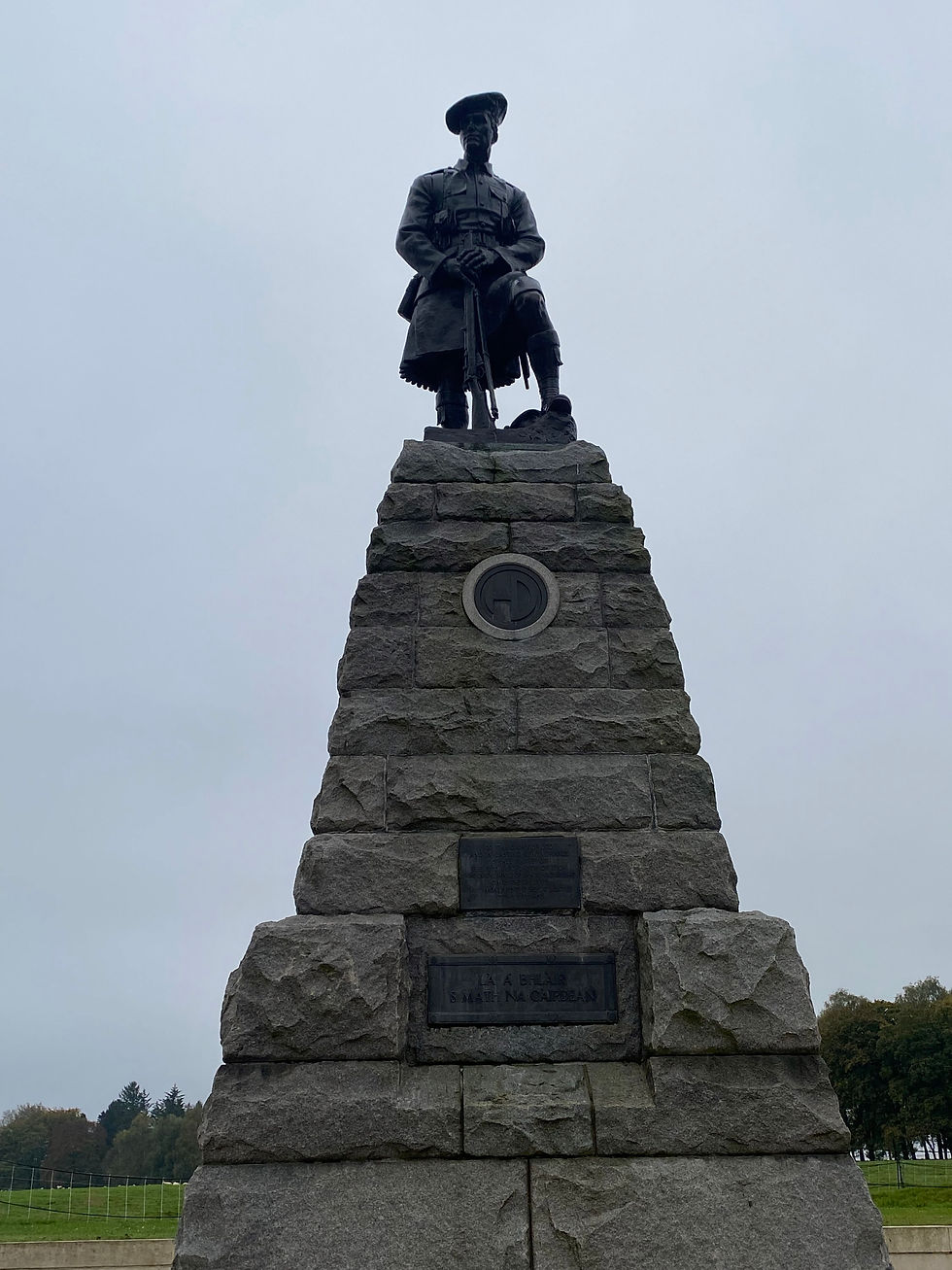
We found graves of 2 Brechins from Scotland.
We also found an Ayre from Newfoundland - 1 of 4 cousins who had died.
We checked out the museum and then continued on our way.
The next stop was Bullecourt where we first stopped to see the slouch hat monument - in bronze.

Australians were here for a long time and eventually overcame the enemy. In that time they became part of the community - until the town was obliterated - shown here.

It was rebuilt. Here is the art deco town hall built in the 1920s.

We nipped into Le Canberra pub and got talking to a French farmer there who had been to Australia.

The pub had a lot of Australian memorabilia.
The farmer offered to get us into the museum which was closed today - so we said yes - meet there at 2pm after lunch. We arrived there and the roller shutter went up. Apparently there was a booking for 2 people - but not us. So we got in. The farmer called while we were there and arrived later.
The museum had a huge amount of war related stuff - mostly collected from the fields that an older farmer had collected - then turned it into a museum. His farm shed became the museum.
It was very interesting with a lot of information on Australian soldiers.
We then drove out of town and checked out the large monument- the digger- located where the German Hindenburg line had been that the Australians had defeated.

A lot of Australians had died holding this location. There are a lot of memorial plaques from families of soldiers on a the ‘petit croix’ just down the road.
We then continued to our last stop for the day - the Wellington quarry in Arras.
We arrived there and the next available ticket was for 5pm so we had 1 hour wait - which was fine by me as we had been dashing around everywhere.
I had time to read the history on the walls and have a hot drink while Glenn went for a walk.
When we got started we had to put on tin helmets for going underground.
There are several underground quarries that had been forgotten and found again - first in WW1 - and then again in the 1990s.
They were originally used to get the stone to build Arras in the Middle Ages.
In WW1 the Nivelle plan was hatched to hide 20,000 British soldiers before a surprise attack on the enemy in April 1917. This was part of a bigger plan to be a diversionary tactic from a bigger French attack elsewhere.
The space required was huge and initially there were separate spaces underground. They required to be linked together by passages. A request was sent out for tunnellers - and New Zealanders were the first to respond. They travelled all the way around the world and created the plan calling the main areas underground after New Zealand cities and British cities in the relative location of where they are.
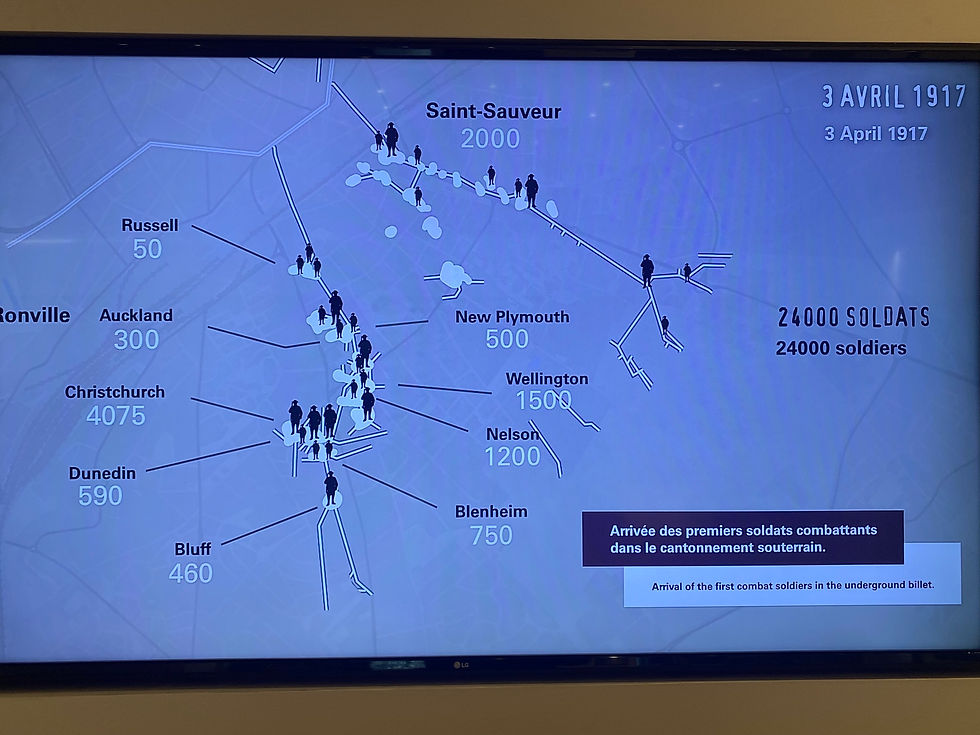
We went down the 20 meters in a glass lift so we could see the rock as we went down.
It was very dry but cool down there - about 11 degrees only. It felt quite airy and spacious.
All digging had to be done by hand as the enemy would hear any explosions - and had their own tunnels nearby.
Māori soldiers were also recruited to help with the digging. It took 6 months to do the digging and organise supplies and beds for living underground for a few days for the 20,000 soldiers.
We saw all the handcuts and the signs in the walls .
Some short films were projected on the wall.
The day eventually came and the soldiers sprang out of many tunnel exits and surprised the Germans.
We got the rest of the story above ground in a film.
The soldiers made a lot of headway with the Germans in disarray. However they were commanded to stop for the night letting the Germans get back into place. They also were not receiving supplies so were running out of ammunition. After a few days they had to retreat.
However this was only supposed to be a diversionary tactic for the French to attack. Unfortunately the French were not able to consolidate the attack and after a month they ended up back in the same position after a lot of men were lost. It was all a bit disappointing after the extensive planning and work.
It was dark once we left and we had to find our way to the aire in a busy town. We are usually parked up by sunset. We got there after missing the entrance the first time. After fighting with the ticket machine we got in and found a spot and quickly had dinner.
it wasn’t long before we were in bed.






















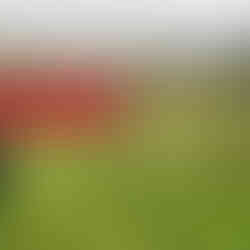







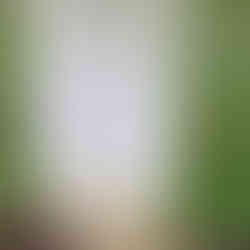









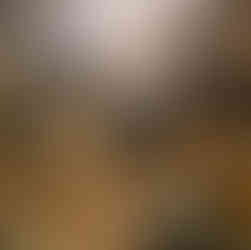


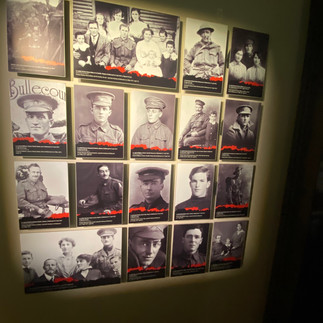







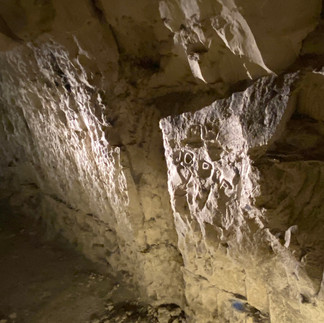






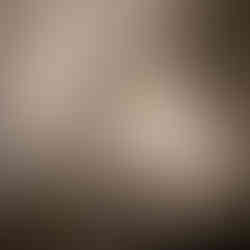










Comments